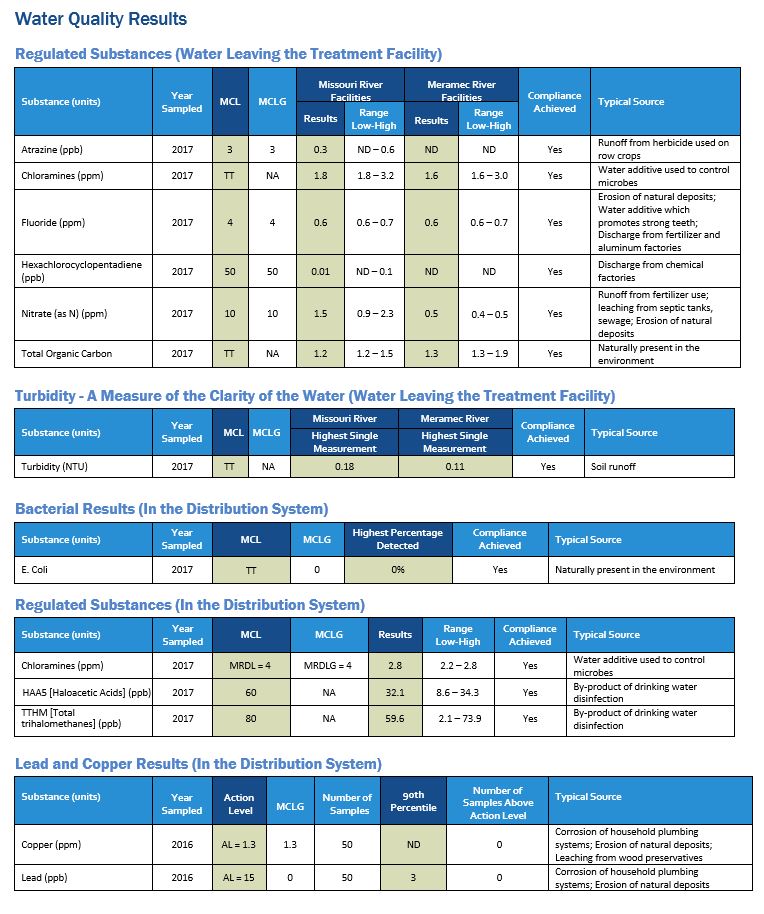fizzix
Complete Idiot
My first beer is an extract kit (Brewers Best Red Ale). I followed the instructions to a 'T', hit the numbers, and I am meticulous in Star-San sanitization.
Second beer is Bee Cave Haus Pale Ale (all-grain) from the recipes forum here. Again hit the numbers and maintained the same religious sanitation fervor.
Both have this citrus taste as if lemon juice was mixed with a little vinegar. The extract kit is overwhelming where the Bee Cave grain just has a hint.
Acetobacter is taking the blame from everyone I talk to and every search made, but I just can't believe I can be any cleaner! I mean I soak EVERYTHING in Star-San that even gets close. Spray bucket lids, hands, and everything else that doesn't fit in the Star-San bucket.
The worts were boiled in a stainless steel 10-gallon kettle. Then the kettle is cooled in a giant ice tub. Then I pour from the stainless into a new, unscratched plastic ferment/bottling bucket. There it's aerated and covered tightly and a 3-piece airlock full of Star-San is installed.
They each had lively bubbler activity and I had let them go for 3 weeks before bottling. Bottle conditioning each took another 3 weeks.
But there's that citrus vinegar!
I can't figure what the common fault is, but if it IS acetobacter, I must be living in the motherlode nest of super-powered nasties.
Is there anything else that causes this lemon juice & vinegar off-flavor?
Thank you for your time.
Second beer is Bee Cave Haus Pale Ale (all-grain) from the recipes forum here. Again hit the numbers and maintained the same religious sanitation fervor.
Both have this citrus taste as if lemon juice was mixed with a little vinegar. The extract kit is overwhelming where the Bee Cave grain just has a hint.
Acetobacter is taking the blame from everyone I talk to and every search made, but I just can't believe I can be any cleaner! I mean I soak EVERYTHING in Star-San that even gets close. Spray bucket lids, hands, and everything else that doesn't fit in the Star-San bucket.
The worts were boiled in a stainless steel 10-gallon kettle. Then the kettle is cooled in a giant ice tub. Then I pour from the stainless into a new, unscratched plastic ferment/bottling bucket. There it's aerated and covered tightly and a 3-piece airlock full of Star-San is installed.
They each had lively bubbler activity and I had let them go for 3 weeks before bottling. Bottle conditioning each took another 3 weeks.
But there's that citrus vinegar!
I can't figure what the common fault is, but if it IS acetobacter, I must be living in the motherlode nest of super-powered nasties.
Is there anything else that causes this lemon juice & vinegar off-flavor?
Thank you for your time.






















































![Craft A Brew - Safale S-04 Dry Yeast - Fermentis - English Ale Dry Yeast - For English and American Ales and Hard Apple Ciders - Ingredients for Home Brewing - Beer Making Supplies - [1 Pack]](https://m.media-amazon.com/images/I/41fVGNh6JfL._SL500_.jpg)


